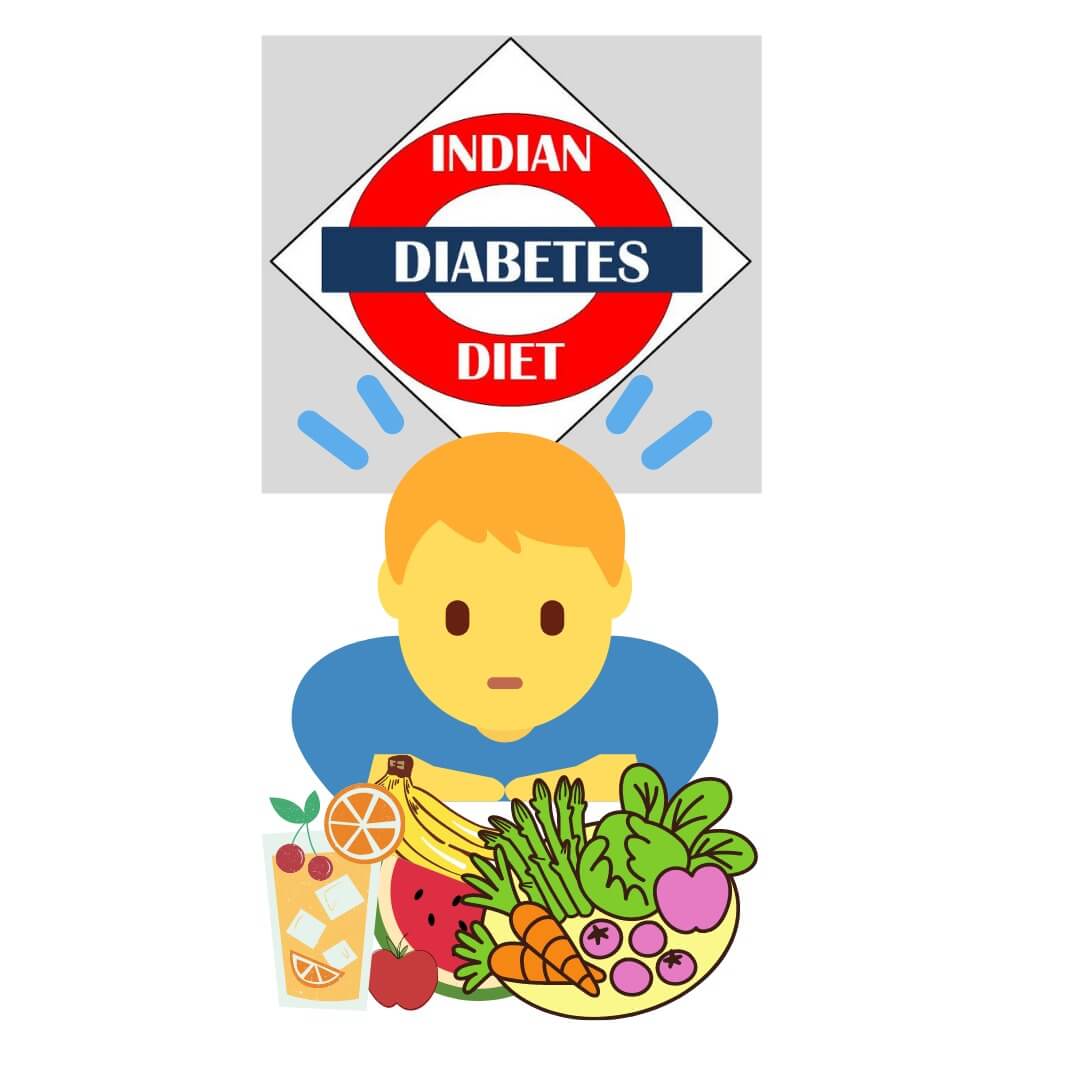
Best Indian diet food for Diabetic patients
Background – Once you discover that you are a diabetic, the whole world turns upside down. But the biggest challenge diabetic people find is in deciding what to eat and what not to eat. Different people, media, and marketing bombard you with contradictory information. Indians are fortunate that way, because of so many healthy options available, as compared to our western brothers. Let us see what the science and the standard guidelines say.
Purpose – Remember that a good diet for a diabetic should serve the following purposes:
- Lose extra fat – This can happen by eating food that carries less calories.
- Maintain stable sugar levels – This is achieved by limiting the portion of carbohydrates and that too by focusing on complex carbs with a low glycemic index (GI).
- It should provide balanced nutrition that provides enough proteins, vitamins, minerals, and other necessary nutrients.
So, here are some useful natural Indian diet foods:
- Fruits – Contrary to the well-spread myth, almost all fruits that are grown in India are good for diabetics. The reason being, that most of them have 8-16% sugar only. A portion of fruit (an apple or banana) gives you 80-100 Kcal only, compared to a cupcake, 4 biscuits, a slice of pizza, or samosa (Kcal 300-400).
In addition, fruits are loaded with fiber, vitamins, and minerals. They are easily available, come naturally packed and provide immediate satiety. Given a choice, can you guess the maximum number of fruits you can eat at a time? It is simple math.
But, to get the most benefits from fruits, eat them RAW (not juices), don’t peel wherever possible, and try replacing some portion of your food with a fruit, even as part of the meal.
If adding a bit of chat masala, salt or even chili powder is going to help you eat them, so be it! Making a fruit salad using desi curd is another way to make it palatable to most of us.
Make a habit of carrying fruits in a box whenever you leave the house. Fruit shaped boxes are also easily available.
- Vegetables– They are by far the best bait to fill the stomach and keep weight and sugar levels down.
The variety is endless here (tubers like potato not included). They are very low in calories (they have 5 grams percent of carbohydrates, roughly). They are a good source of fiber, vitamins, and minerals.
But the key is to eat them raw or using non-oil cooking methods.
If you cook them, just cook enough so that you can eat them, don’t smash them.
Adding fresh spices help make them all tasty.
If you are going to make a clear soup out of them, see to it that the vegetable pieces are big and cooked just enough so that you can eat them.
- Legumes/sprouts/daals– not only provide a good amount of protein but have a high amount of soluble fiber and complex carbohydrates which help keep sugar levels flat. Any of these forms are good enough, but the best are raw clean sprouts. They are full of vitamin B and many people are happy to eat them without cooking. One exception here is soya beans, which have good fat content and its best eaten as chunks or granules. Sprouting takes time but one can make a habit of soaking a legume everyday religiously at a particular time so that sprouts are available every day. Just add some chopped onion, tomato, coriander and green chili, or other spices and a nice tasty sprout bhel is ready.
- Whole grains– Wheat, unpolished rice, corn, cereals, and millets when used in a whole grain form, provide complex carbohydrates along with a good amount of fiber and protein so that sugar levels don’t spike.
Whole grain flour of cereals and millets can be mixed with soya powder and used to make rotis or chapatis.
- *Soya ( chunks, granules, flour)– Since all the oil has been squeezed out, these are an extremely rich source of protein and fiber and can be mixed with any of your dishes.
- Spices, condiments– Spices can be used to enhance the taste of any food material. Pepper, cloves, cinnamon, ginger, garlic, coriander, and almost all other spices we use, have detoxifying properties, especially when used fresh.
A simple way of using them is to put some raw spices in a pepper mill and sprinkle them on any of the recipes just before eating.
Another method is to prepare ‘thecha’, a mixture of green or red chili, garlic, ginger, coriander, cumin, and salt, and grind it. It can be mixed with a bit of desi curd to increase its longevity and kept in the fridge and used for many days. This “thecha” can be mixed with any of the healthy foods, especially sprouts, chicken, fish, legumes, or whole-grain chapati and the dish becomes tasty.
- Curd– Homemade/desi – The best probiotic that helps to keep the health of the gut and the body. It also can enrich the taste of most of the dishes mentioned above.
- Non-vegetarian food like chicken, fish, and white of egg can be a good source of protein. The caloric content can be kept to minimal if cooked by methods that don’t include oil.
- Non-oily cooking methods– like grilling, steaming, boiling can be interesting, fast and can be used to make equally tasty recipes.
- Water– It’s by far the most useful food element that can help in detoxifying, bringing weight down, and improving the health and fitness. So, maintain a good amount of intake of water. Using lime water, buttermilk, fruit infusion water can help you increase the water intake.
Fast Tips :
- Start eating one fresh fruit at the beginning of any meal.
- Make raita using raw salad vegetables and desi curd
- Make a sprout bhel that is fast to cook.
- Add some Soya granules in to any of the dishes you prepare.
- Start carrying your own healthy food and water with you wherever you go.
- Explore nonoily cooking methods like grilling, steaming, boiling.
- Use your imagination and prepare recipes with different combinations of the above-mentioned food material.
Feel free to visit our Instagram site to get more ideas on healthy and low-calorie recipes that not only provide good nutrition but also help in losing weight, stabilizing diabetes, PCOD, and cholesterol problems by natural methods.
Or
Contact us for further advice.

